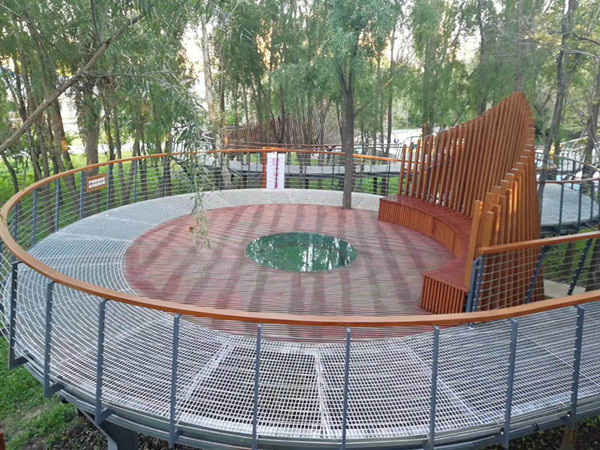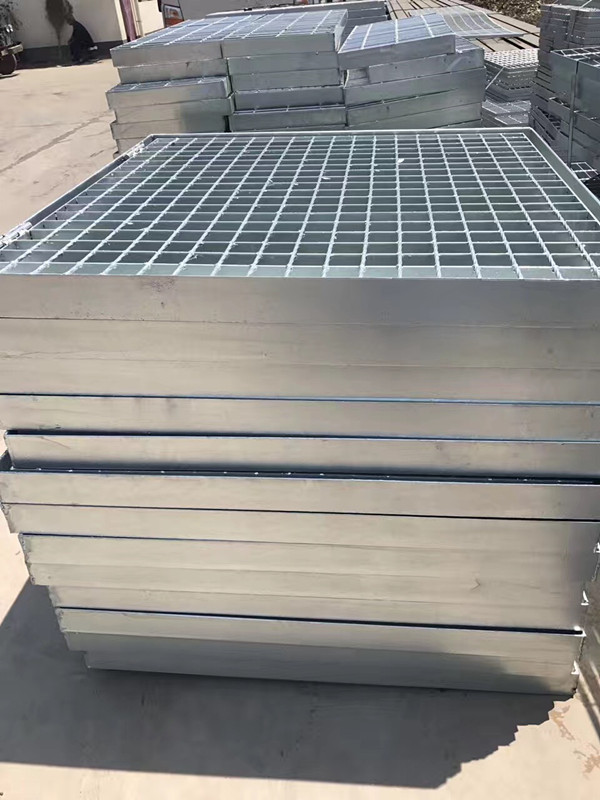Alias: Back to Orange, Tangerine
Family: Rutaceae (Citrus family)
Plant Species:
This is an evergreen shrub or small tree, a special variety of lime. It's also a great choice for potted plants in northern regions.
Name Origin:
In spring, it produces white, plump flowers with a very strong fragrance that attracts bees and butterflies. After blooming, it bears fruit that starts off green and flat. As winter comes, the fruits turn orange, although they are not edible, they are visually striking.
The orange fruits will turn green again in the following summer and continue to grow. In winter, they change to orange and yellow, but they don’t fall for years. Old fruits remain on the plant while new ones continue to develop, creating a beautiful display of multiple generations of fruits hanging together. This unique feature has earned it the name "Generation Fruit."
Morphological Characteristics:
The leaves are leathery and elliptical, with broad winged petioles. The flowers are white, often found singly or in clusters among the leaves, and have a strong, pleasant scent. They typically bloom from May to June, and the winter fruits appear bright orange, filling the branches and offering a stunning visual appeal. The following year, the fruits return to green, which is why it's known as the "Back to Orange" plant.
The fruit display of multiple generations usually stays on the plant for 2-3 years without falling. The flowers and fruits of the next season coexist, creating a scene that resembles the "Three Generations Family Church," hence its name. It is an important ornamental plant, valued for both its fragrant flowers and attractive fruits. When grown in pots, it looks elegant and adds charm to any space.
Origin:
The Generation Flower is native to Zhejiang Province in China and is commonly cultivated in the southeastern provinces. In northern China and the middle and lower reaches of the Yangtze River, it is often grown in pots.
Growth Habits:
This plant prefers warm and moist environments, requires full sunlight, and thrives in fertile soil. It is somewhat hardy, more so than some other citrus varieties like Rongli and Prynne. If there is a favorable microclimate in the south, it can be left outdoors during winter. In colder areas, it can be kept in pots indoors during the winter months in non-freezing rooms.
The soil requirements are not too strict, but it performs best in well-drained, fertile, slightly acidic sandy loam rich in organic matter.
Use:
With its rich aroma and beautiful fruits, it’s a popular choice for potted plants in courtyards and indoor spaces. Its fragrance is similar to that of white orchids and jasmine. The flowers can be used to make tea, and the plant has medicinal uses as well as being a source for essential oils. It's a versatile and charming addition to any garden or home.
Steel Grating
The steel grating be welded to products . Normally, hot galvanizing will be carried out after end welding process. The range PH6 to PH12.5, a stable protective film will be formed on the zinc surface, the hot dipped galvanized steel grating has good anti-corrosive property. Of course, the steel grating also have other surface treatment, for example painted and powder coated .
Steel grating can be cutting to different kinds of shape as per your special needs.
Steel grating including flat grating, 'I' shape grating, serrated grating.
In generally , the steel grating be used as stair tread, platform, fence, trench cover, ceiling, etc.
The advantage of steel grating :
firm welding
smooth surface
high strength


Steel Grating,Stainless Steel Grating,Galvanized Steel Grating,Hot Dipped Galvanized Steel Grating
ANPING COUNTY SHANGCHEN WIREMESH PRODUCTS CO.,LTD , https://www.scwiremesh.com